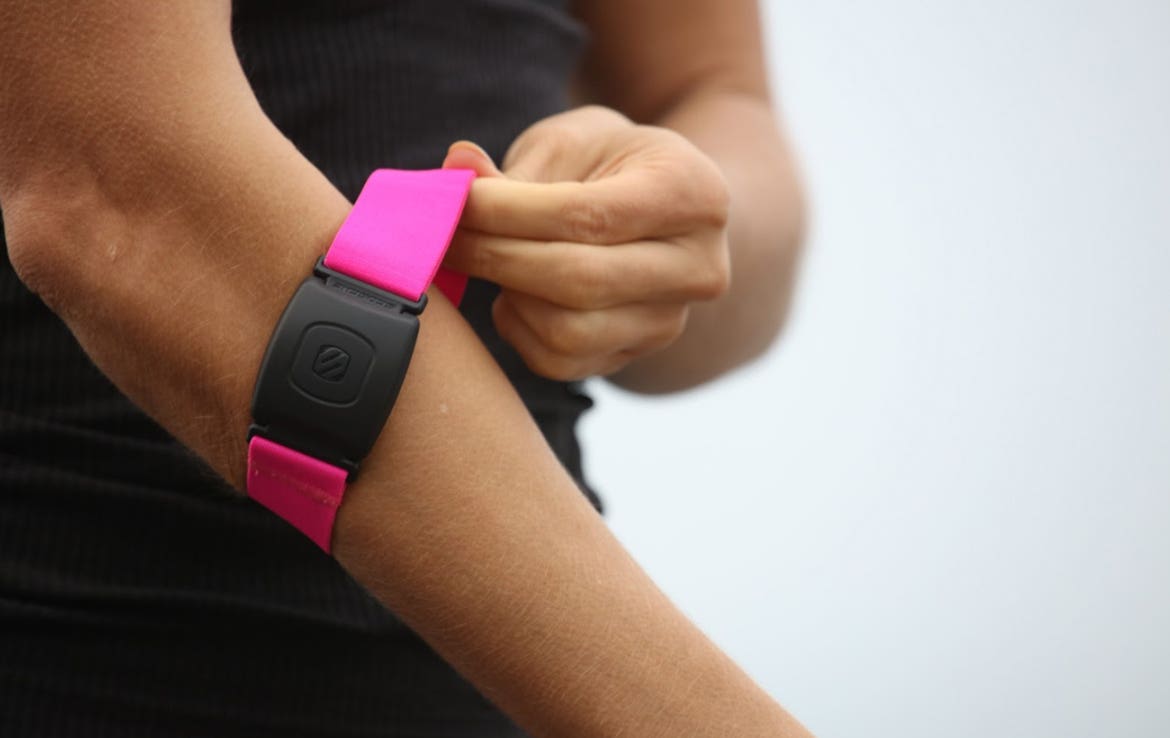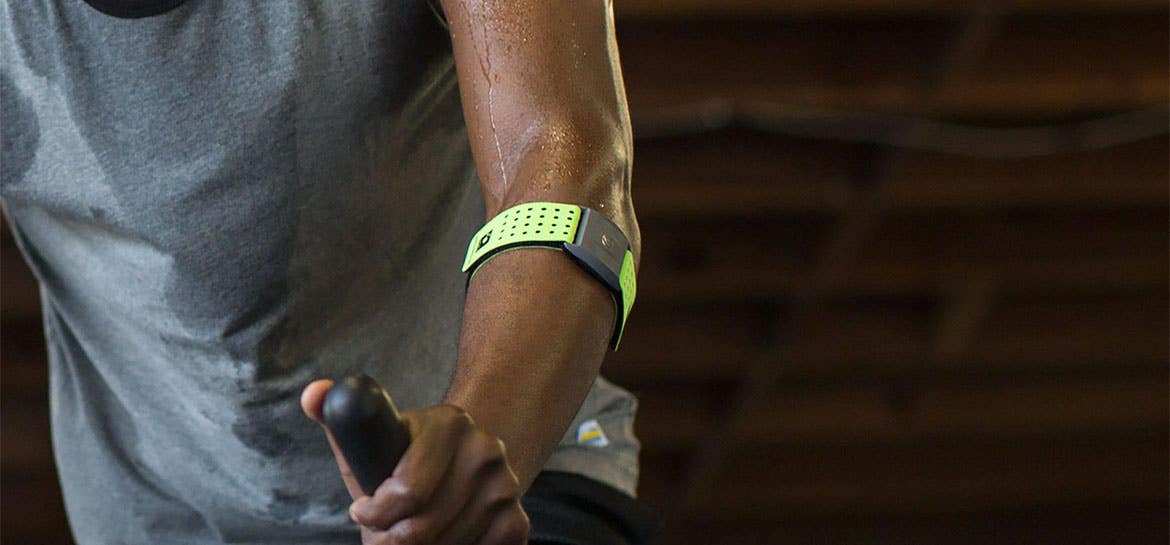How Should You Use a Heart Rate Monitor?

Heart rate monitors are smart devices that can help you optimize fitness performance and enhance your overall health. In essence, these simple but powerful wearable devices measure how fast your heart beats. Though it seems remarkably simple, this little number can provide you with a wealth of data that can help you work out and recover better, smarter and safer.
In this guide, we will explain the best way to use a heart rate monitor and provide tips on getting the most out of yours.
Find Your Perfect Heart Rate Monitor
How to Use a Heart Rate Monitor
Today’s wearable heart rate monitors are remarkably easy to use. Typically, getting an accurate reading is as simple as slipping the monitor onto your arm or chest and pressing a button. Scosche’s best-selling armband heart rate monitors integrate seamlessly with your smart devices — including phones, smart watches and even exercise equipment — so you can track and record your heart rate easily. Some also have built-in storage so you can store information directly on the device itself.
Great Ways to Use a Heart Rate Monitor
Below, we’ve outlined some of the best ways to use a heart rate monitor to improve your health and optimize fitness performance. You’ll be surprised to see exactly how much you can learn from this metric. No matter if you’re training for a marathon or simply want to optimize your general health, the following tips will help you achieve your goals.
- Use It to Stay in Your Target Heart Rate Zone — Your target heart rate zone is the range where your heart is being optimally conditioned without pushing too far or getting overworked. The Centers for Disease Control and Prevention (CDC) says that the target heart rate should be between 64 and 76 percent for moderate-intensity activity and between 77 and 93 percent for vigorous-intensity activity. A heart rate monitor will help ensure that you always stay in that beneficial zone and that you don’t put your heart under too much strain.
- Use It to Monitor Your Maximum Heart Rate — Your maximum heart rate is the upper limit of what your cardiovascular system can handle during exercise. An easy way to estimate max heart rate is to take your age and subtract it from 220. The result is your maximum heart rate in beats per minute. Exceeding that number during exercise can put you at risk of overtraining, which could set you back in the long run. If you’re looking to push yourself to the absolute limit but want to do so in the safest way possible, stay below your maximum heart rate by wearing a monitor while you exercise.


- Use It to Measure Your Resting Heart Rate — Your resting heart rate is the number of times your heart beats per minute while you’re at rest. What does that have to do with optimizing your fitness performance, you ask? Resting heart rate can actually give us clues into our overall health. A lower resting heart rate correlates with better heart function, while a higher one may indicate issues such as infection, heart arrhythmia and serious health problems.
- Use It to Track Your Progress — Even though you’ll barely even notice it, wearing an armband heart rate monitor every time you work out has a big impact. Behind the scenes, your monitor is aggregating a huge amount of data that you can use to determine how far you’ve come in your fitness journey. As you work out harder and faster over time, your resting heart rate should lower and you should be reaching that target heart rate zone with less strain. Monitoring these changes can help you determine whether you’re working out hard enough and can help you decide when to switch things up.
- Measure Your Cadence — An additional benefit of Scosche heart rate monitors is that they can actually help you track your cadence. They feature internal accelerometers to detect rhythmic body sway while running or pedaling. Upping your cadence can be beneficial in helping you improve speed and efficiency, and tracking it with your heart rate monitor is simple.
- Know Your Recovery Time — Use your heart rate monitor to find your heart rate recovery time. This metric measures how much your heart rate slows down after you stop exercising and can be an indicator of health. For example, if your heart rate doesn’t slow down sufficiently after a vigorous workout, it could indicate poor heart health or a medical condition. To find your heart rate recovery time, use your monitor to take your heart rate 1 minute after peak exercise.


Keep Pushing Yourself
Ultimately, the best way to use a heart rate monitor is to figure out how to leverage it so it encourages you to keep pushing yourself farther and harder with each and every session. You have it in you to reach peak performance, and a Scosche heart rate monitor will help you get there faster and with more confidence.